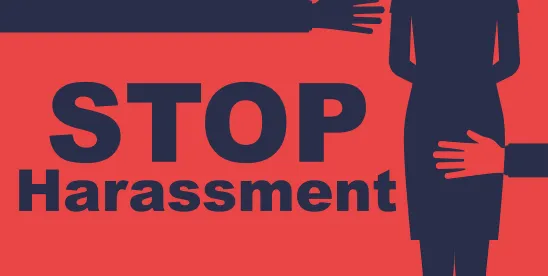The Equal Employment Opportunity Commission (EEOC) issued its finalized enforcement guidance on workplace harassment on April 29. The updated guidance incorporates shifts in both the legal and societal landscape since the guidance had last been updated in 1999, and replaces prior versions of the EEOC's harassment enforcement guidance.
The enforcement guidance, which is effective immediately, addresses topics such as the #MeToo movement and the U.S. Supreme Court’s 2020 decision in Bostock v. Clayton County, which held that Title VII’s prohibition on discrimination on the basis of sex also includes sexual orientation and gender identity. According to the EEOC’s new guidance, sex-based harassment can encompass things such as “repeated and intentional use of a name or pronoun inconsistent with the individual’s known gender identity (misgendering)” and “the denial of access to a bathroom or other sex-segregated facility consistent with the individual’s gender identity.”
The guidance also addresses reproductive health decisions, stating that sex-based harassment can include harassment based on decisions regarding contraception and abortion.
The EEOC’s guidance also addresses the interplay between an employer’s dual obligations to accommodate employees’ sincerely held religious beliefs under Title VII and protecting employees from unlawful harassment. While the guidance acknowledges an employer’s duty to provide religious accommodations absent an undue hardship, it also takes the position that an employer need not grant a religious accommodation that “creates, or threatens to create, a hostile work environment.” The guidance acknowledges that the interplay between religious accommodations and unlawful harassment is highly fact specific, and the Commission will consider these issues “on a case-by-case basis.”
The EEOC’s updated enforcement guidance could face legal challenges from opposition groups who argue that the guidance pushes the definition of “sex-based harassment” too far.
The enforcement guidance does not have the force of law and is intended to serve as a resource on the legal standard for workplace harassment and employer liability under the equal opportunity statutes enforced by the EEOC, such as Title VII of the Civil Rights Act of 1964, the Age Discrimination in Employment Act, and the Americans with Disabilities Act. Although the enforcement guidance is not legally binding, it is nonetheless notable because it signals how the EEOC will analyze harassment claims, which courts may turn to for guidance. Accordingly, employers should be cognizant of this updated guidance as it can assist with their compliance obligations under the law.




 />i
/>i

